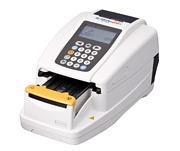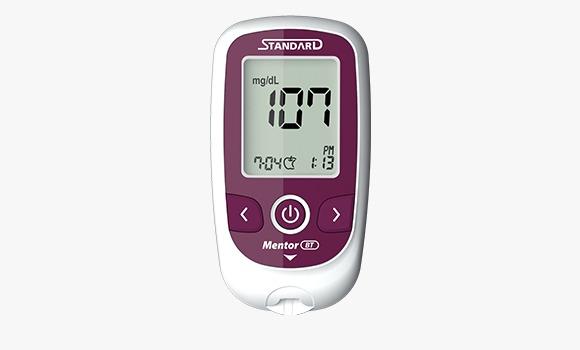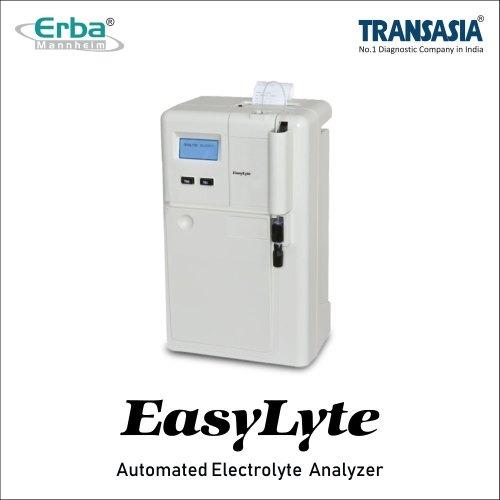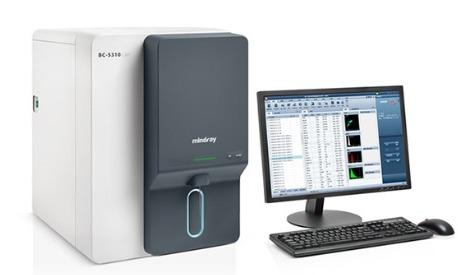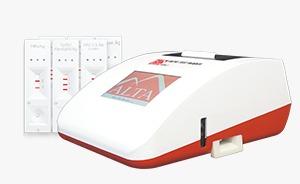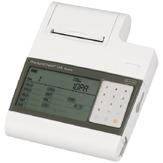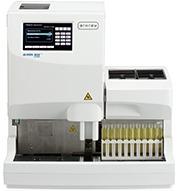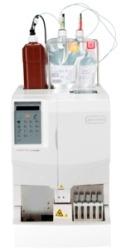The AUTION ELEVEN AE-4020 is intended for the qualitative and/or semi-quantitative measurement of several physiological markers in urine: Glucose, Protein, Bilirubin, pH, Blood, Urobilinogen, Ketones, Nitrite, Leukocytes, Creatinine, Albumin, Specific Gravity, P/C (Ratio of Protein to Creatinine) and A/C (Ratio of Albumin to Creatinine). These measurements are used for screening of kidney disease, liver disease, diabetes mellitus and urinary tract infection in general screening populations. Compact Design: 210(W) x 328(D) x 164(H) mm / Approx. 3.6 kg Processing speed: 514 samples per hour (maximum processing mode: 7 second interval) Auto-start function: Measurement starts automatically when a strip is set on the tray. Test strip can be placed either from the left or the right side. Maximum 11 parameters and color tone can be measured simultaneously by special test strips designed and made by ARKRAY. *Some products including test strips may not be available in all countries. Please check with your local Arkray representative or distributor about product availability in your area. Sample Urine Test Strip / Reagent pack AUTION Sticks / Uriflet S / AUTION SCREEN Measurement item GLU, KET, BIL, NIT, PRO, URO, pH, BLD, LEU, ALB, CRE, Specific Gravity, color tone Measurement range Test strip: As Rank table Color tone: As Color tone classification chart Measurement method Test strip method Dual-wavelength reflection photometric method (single wavelength for BLD) Measurement wavelength 4-wavelength LED (430, 565, 635, and 760 nm) Test strip reaction time 60 seconds Processing speed 514 samples per hour (maximum processing mode: 7-second interval) Display Custom LC display (icons are used) Built-in printer 32-digit thermal printer (58 mm width) External output Conforms to RS-232C standard (serial) Option: Ethernet Memory capacity 520 measurement results Temperature correction Auto-correction by the internal temperature sensor (between 10 to 30 °C) S. G. correction Auto-correction by pH values Chromaturia correction Auto-correction by the color tone correction section on test strips Operating environment Temperature: 10 to 30 °C; Humidity: 20 to 80% R.H. (non-condensing) Measurement environment Temperature: 10 to 30°C; Humidity: 30 to 60% R.H. (non-condensing) *Temperature correction function used DC power requirements(To instrument) 12 Vdc 3 A AC power requirements(To AC adapter) 100-240 Vac 50-60 HZ ,1200 mA Voltage fluctuation allowance is ±10% Power consumption Max. 45 VA Dimensions 210 (width) × 328 (depth) × 164 (height) mm Weight Approx. 3.6 kg
Send Message